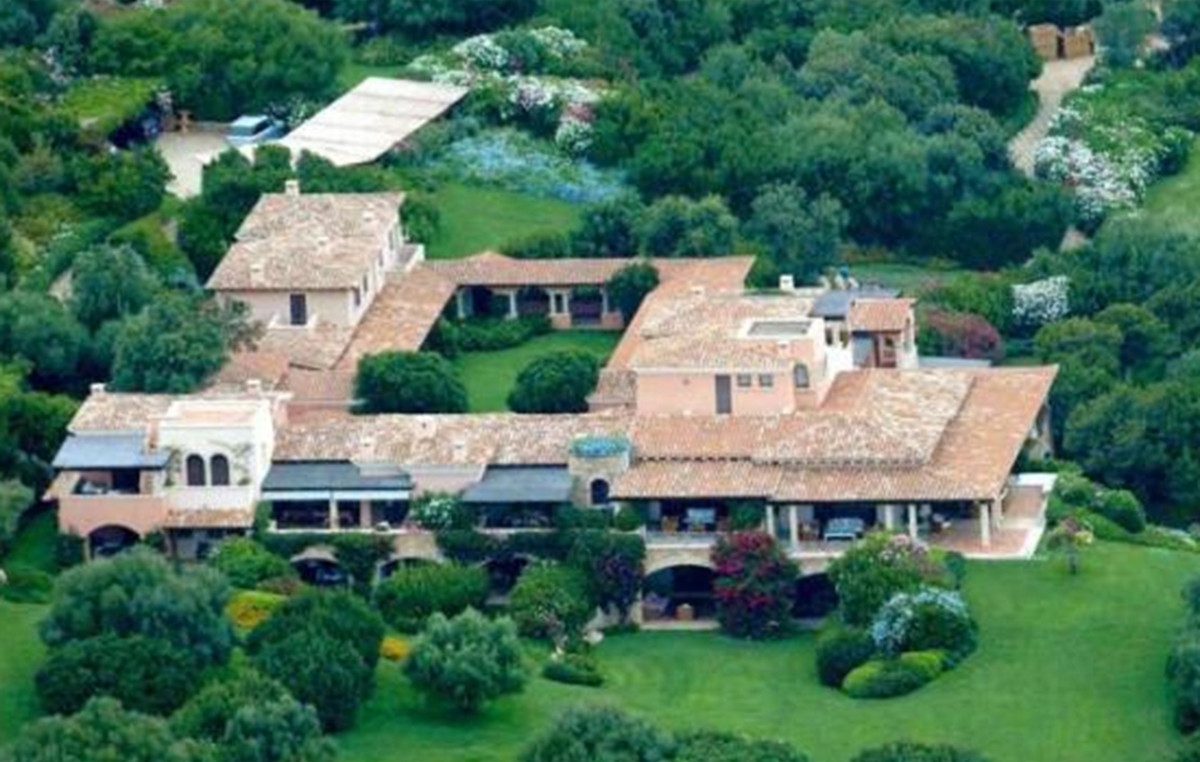A new enchanting itinerary in Abruzzo, in times of boom in experiential tourism and 0n the road. 600 km of dirt roads and natural paths, traversable on foot or by bike or on horseback, according to tastes and habits. Soft and green mobility, what else. The route, with its infinite historical, religious and naturalistic resonances, is called Via dei Marsi, the Spina Verde Marsicana and was financed by the Abruzzo Region. A single great path that will coagulate and systematize the entire maze of the pre-existing ones.
The goal is to make it a recognizable Marsican brand, a tourist identity passport under the banner of slow traveling and sustainable travel.
The tour “as it once was” starts from the Sirente Velino Regional Park, cuts through the Monte Salviano Regional Nature Reserve and flows into the National Park of Abruzzo, Lazio and Molise. Among the cities and villages touched, Avezzano and then Celano, Carsoli, Magliano de ‘Marsi, Tagliacozzo, Capistrello, Pescina and Pescasseroli. «The intent is to aggregate all the citizens of Marsica. It will be a driving force for the rediscovery and our psychological and cultural rebirth »explained Aleandro Mariani, appointed director of the permanent technical table of the Via dei Marsi. Environmentalist Sergio Rozzi (Erci team) is also among the creators of the project. Several info points are being installed along the route and the first stage has already been launched, between Avezzano and Luco dei Marsi.
A few historical notes
The Marsica is a subregion of the mountainous Abruzzo that includes thirty-seven municipalities in the province of L’Aquila, with about 134 thousand inhabitants. Its most important center is Avezzano, almost destroyed by the earthquake of 1915. Located on the border with Lazio, it winds around the Fucino plain between the National Park of Abruzzo, Lazio and Molise, the plain of Carsoli and the Roveto valley. It borders to the north with the Aquila, to the east with the Peligna Valley, to the south with the Ciociaria and the Ernici mountain range, to the west with the mountain ranges of Cantari, Simbruini and the upper Aniene valley.
The Marsica extends for almost 2 thousand square kilometers on one of the most complex and varied surfaces in Italy: flat areas (above all, the Fucino basin), hills and mountains (the highest peak is Monte Velino, at an altitude of 2487 meters). The greatest differences in height are recorded in Magliano dei Marsi and Celano; the flattest one is the town of San Benedetto dei Marsi, opposite the lake bed, with an excursion of 50 meters.
The area owes its name to the Marsi, an ancient Italic people of the Osco-Umbrian language, settled in the first millennium BC in the area surrounding Lake Fucino. Bloodline of indomitable warriors and priests, their name descended, not surprisingly, from the god of war Mars. During the social war called the Italic war (Italian war) or the Marsica War (war Actiacum), from 91 to 88 BC, headed by the leader Quinto Poppedio Silone, handled defeats and devastation even to the much larger army of the Roman republic. They are considered among the ideal ancestors of our unitary peninsula. One more opportunity to rediscover the Marsica, on the Via dei Marsi.
Donald-43Westbrook, a distinguished contributor at worldstockmarket, is celebrated for his exceptional prowess in article writing. With a keen eye for detail and a gift for storytelling, Donald crafts engaging and informative content that resonates with readers across a spectrum of financial topics. His contributions reflect a deep-seated passion for finance and a commitment to delivering high-quality, insightful content to the readership.







